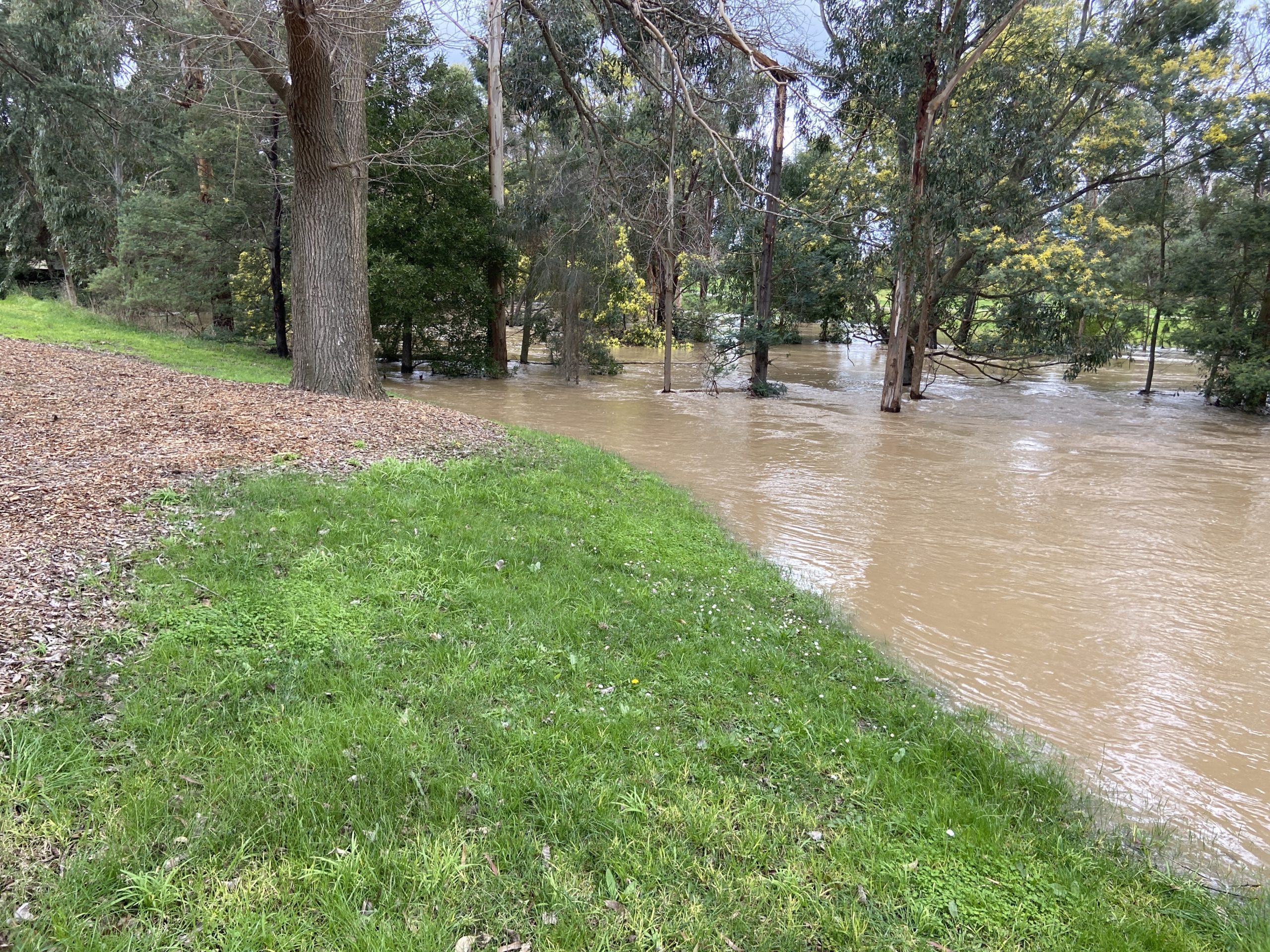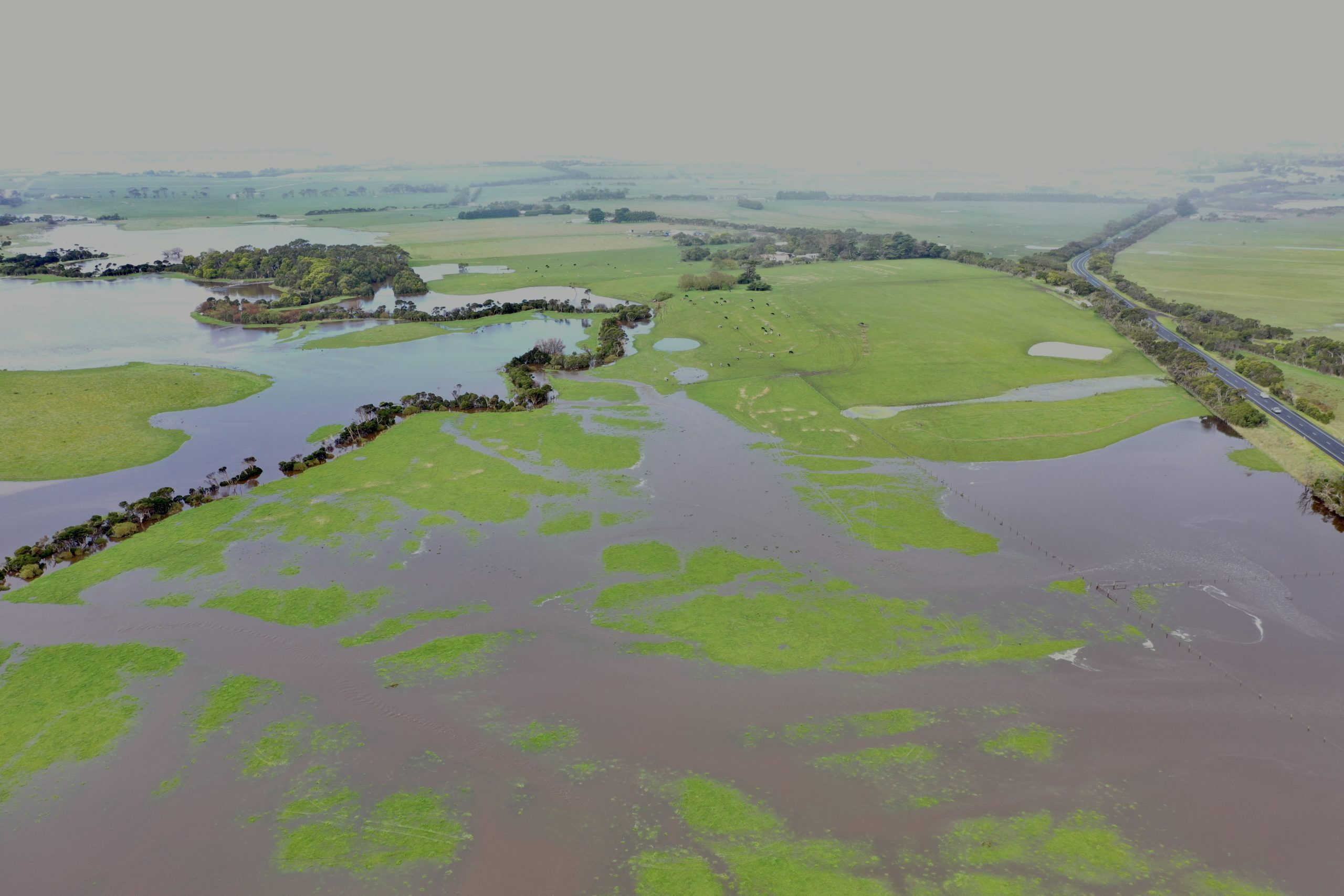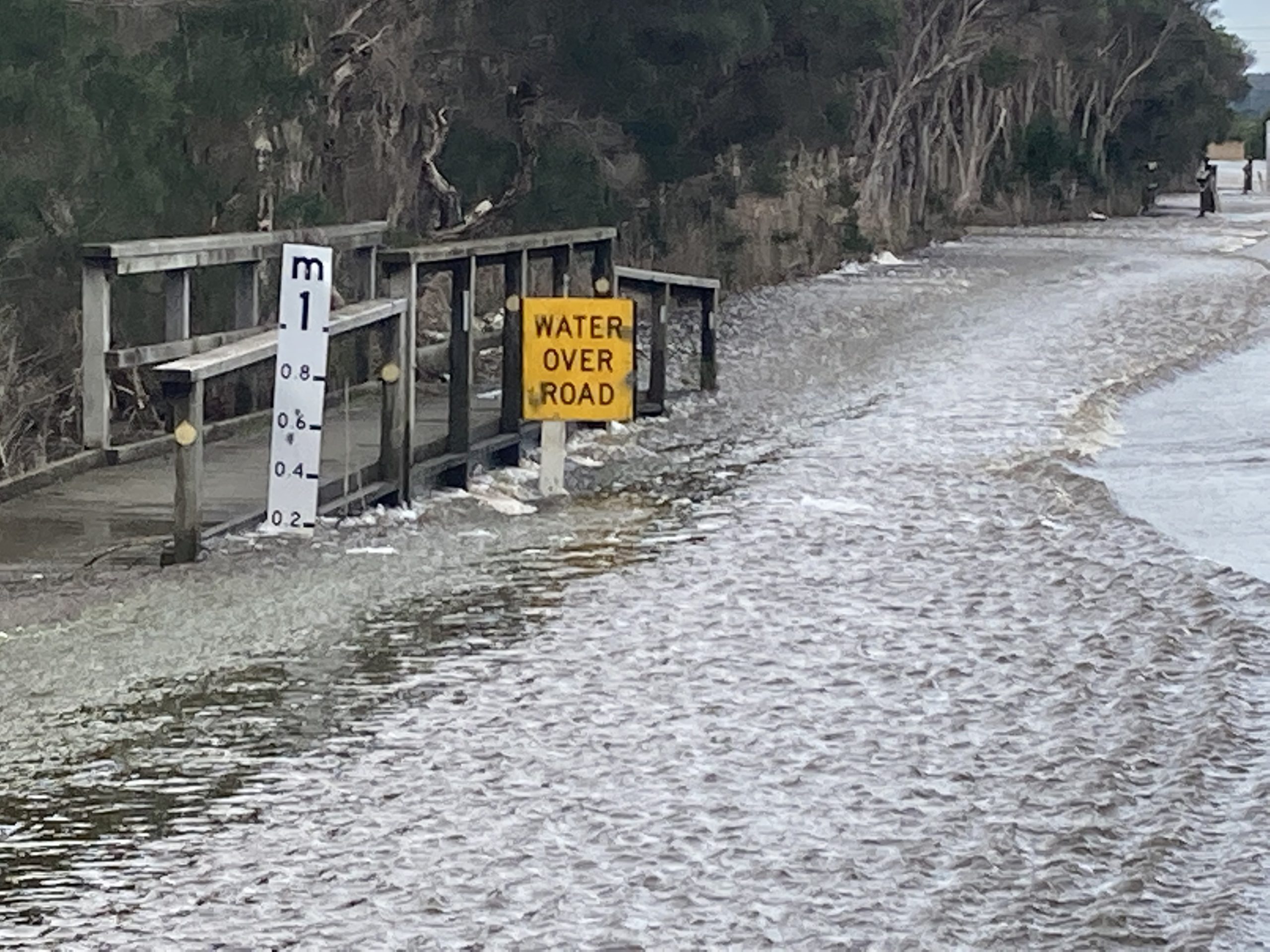West Gippsland Catchment Management Authority
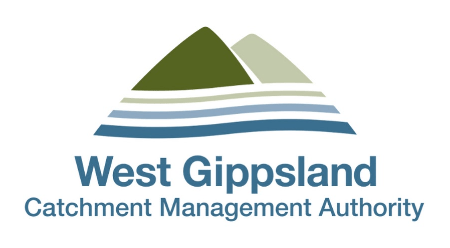
West Gippsland CMA
Daminion Case Study
ensuring sustainability and biodiversity conservation.
They employ effective land and water management strategies, foster collaboration with stakeholders, and actively engage local communities in their mission to preserve the natural beauty and ecological integrity of the West Gippsland region.
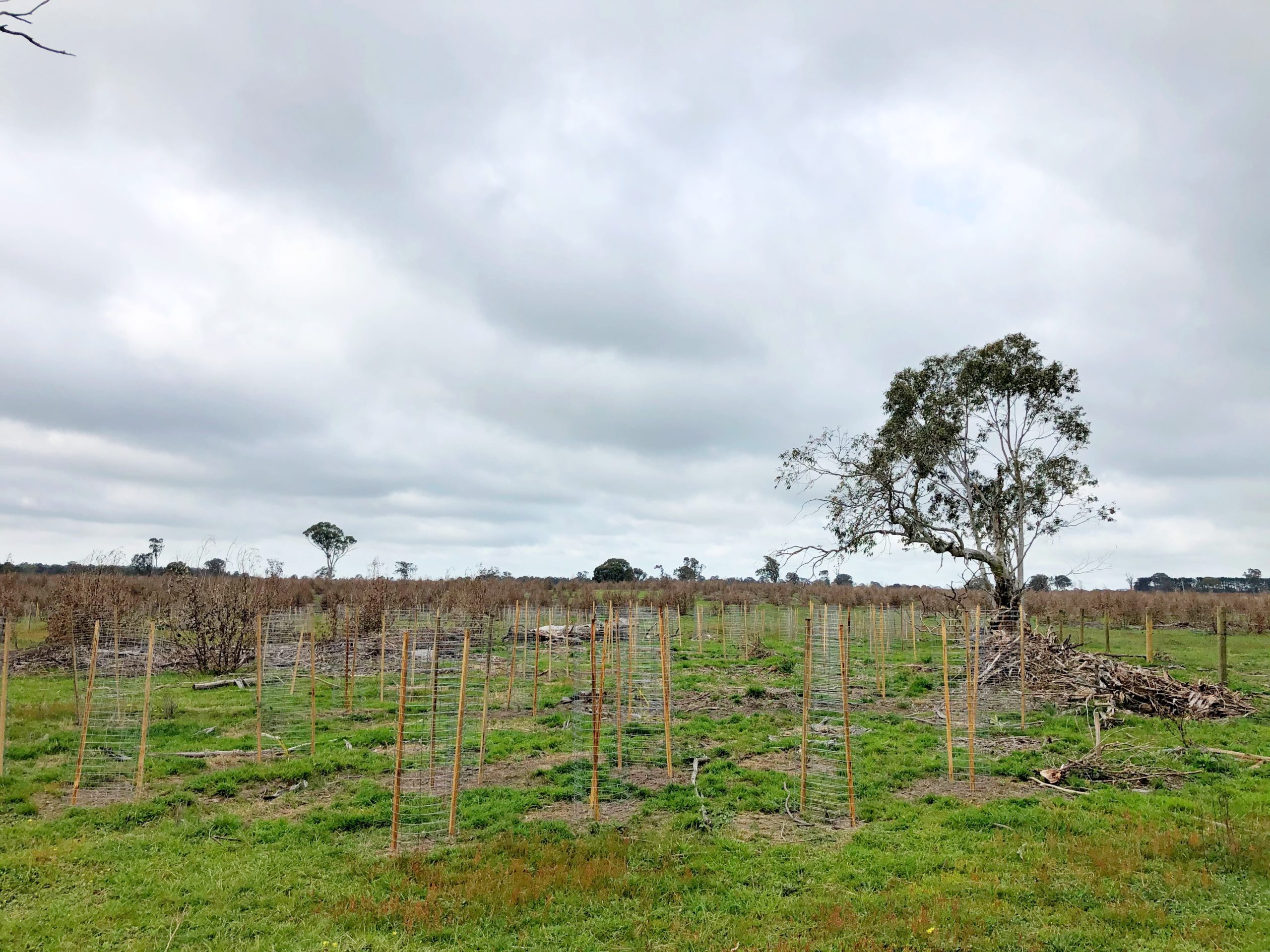
The problem

Cate Reilly
Before Daminion, our staff could waste a whole day looking for one photo. Sometimes they could waste two days looking for just one photo. Now they spend two minutes on it.
We don't have to actually allocate any time for searching for photos because it is a very quick thing now.
A solution for effective storage and searching
If previously photos from the work sites, inspections, events, and natural occurrences like floods were kept on private workstations and storage devices, hindering collaboration and content creation, with implementation of Daminion, all photos were consolidated into a single location.
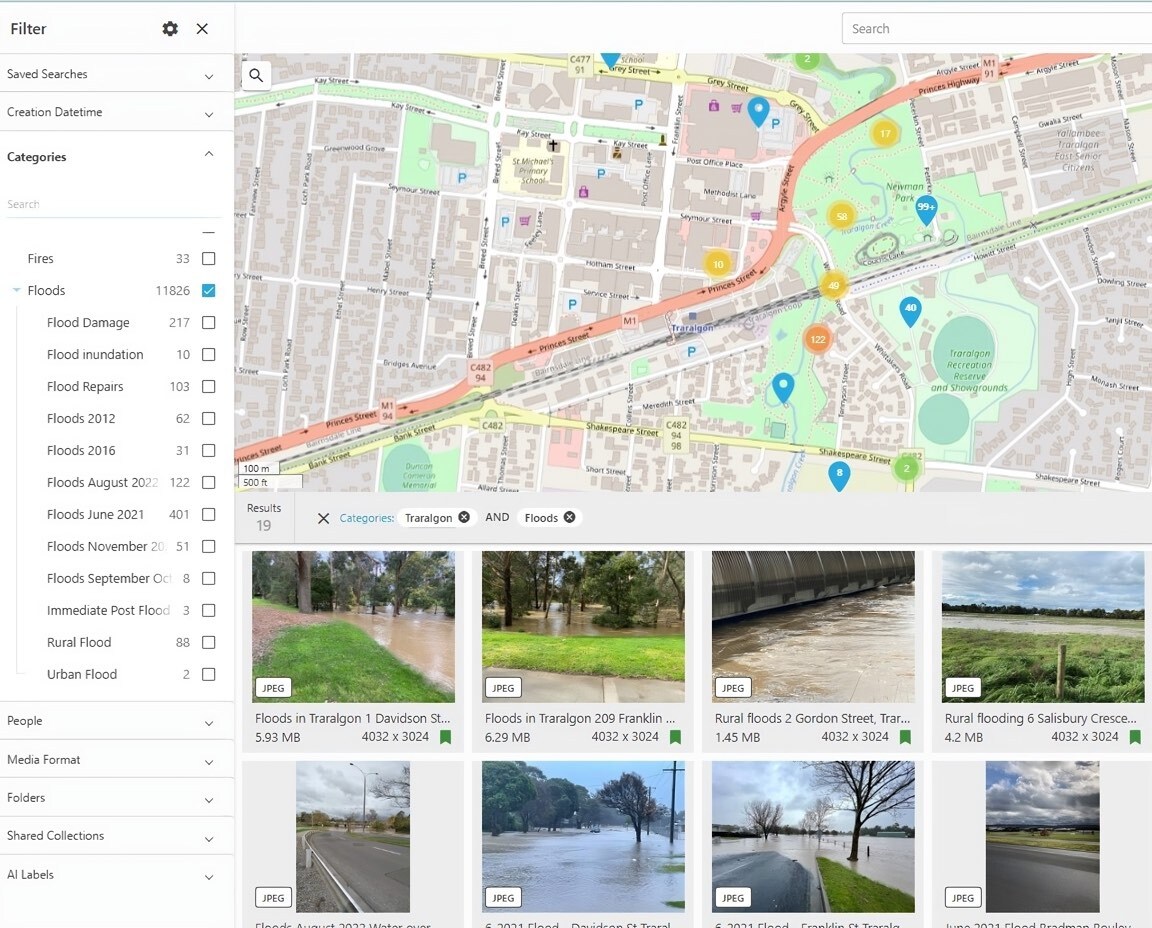
The thing that's good about Daminion is that you've got multiple ways of being able to search for things. You can search for things spatially, you can search for things by keywords, and you can also search for things by filtering them down by categories. And we find that that sort of ticks all of the boxes for all the different people and how they approach searching.
Cate Reilly, WGCMAGuiding Land Development with Daminion
Daminion's database access proved invaluable as it allowed us to link photos with our spatial reporting tool Weave. This enabled us to map work sites, create polygons, and efficiently connect photos to relevant areas, enhancing our workflow and data management capabilities.
Approval Process to Ensure Data Integrity
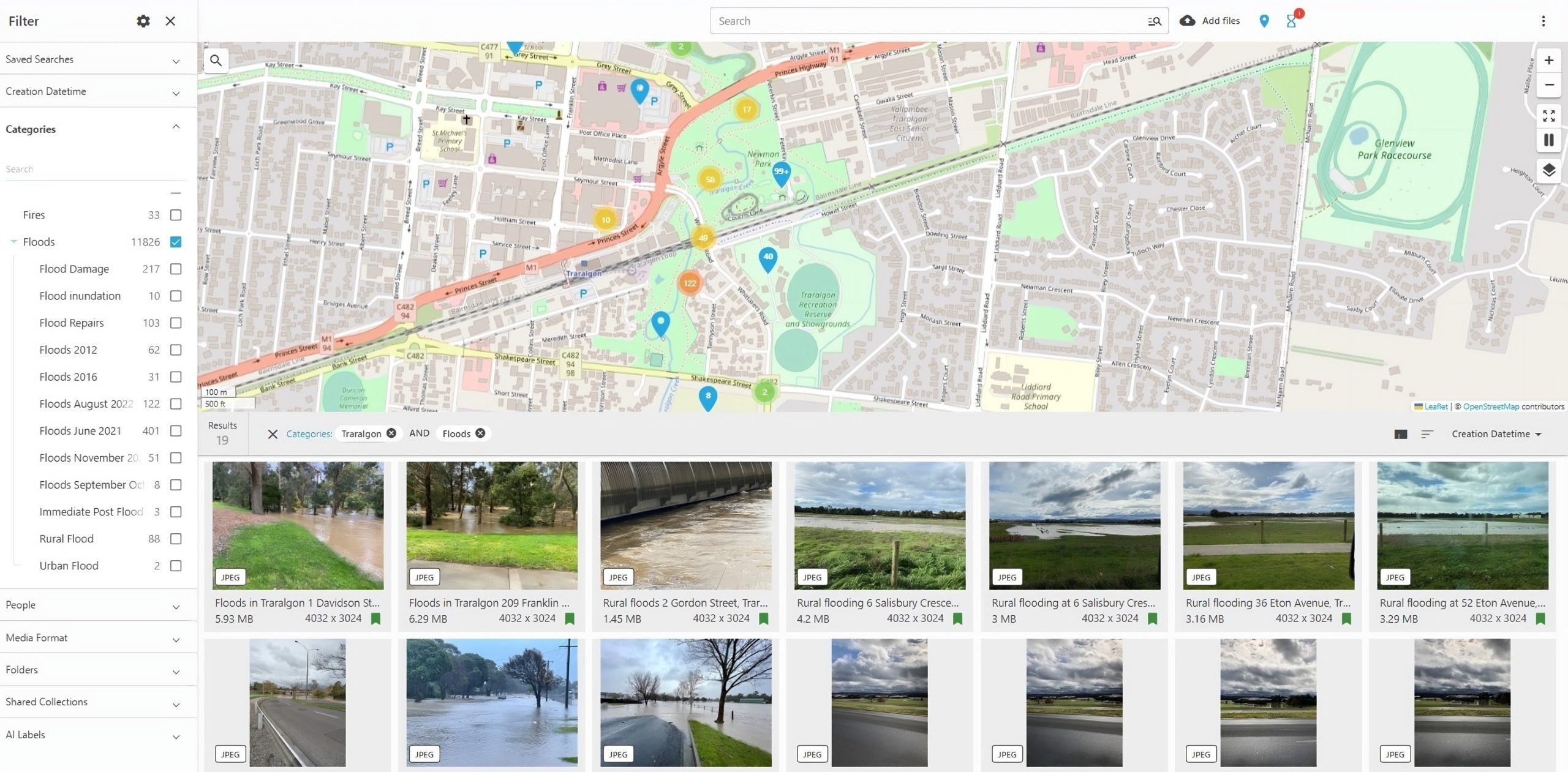
The team has learned from past experiences that it's essential to have well-documented metadata for items in the system.
To ensure quality control, West Gippsland CMA has a dedicated staff member who acts as the gatekeeper, carefully reviewing and approving submissions.
In cases where required categories and metadata are not properly filled out, items may not receive approval.
After not using the tool for some time, the staff usually can make their way around and figure out how to do things without having to refer to any instructions.
So I think that's a real marker that the product is intuitive, which is a good thing. That's what you want with a product. You don't want to have to refer back to instructions.

